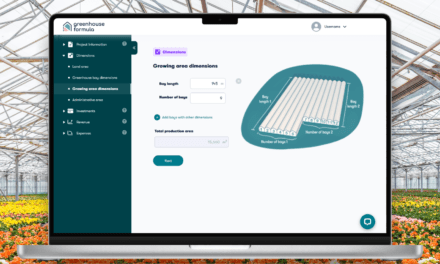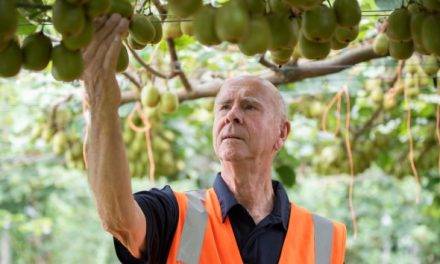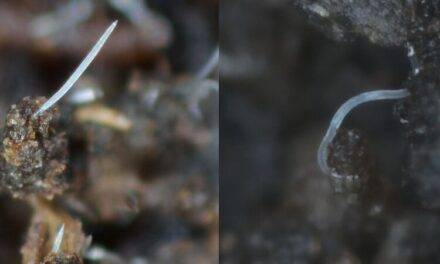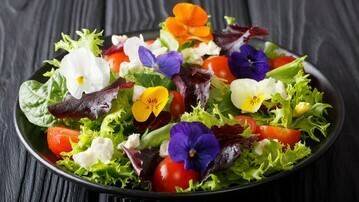
The positive effects of reducing irrigation at certain stages, under dry climates in the plum crop
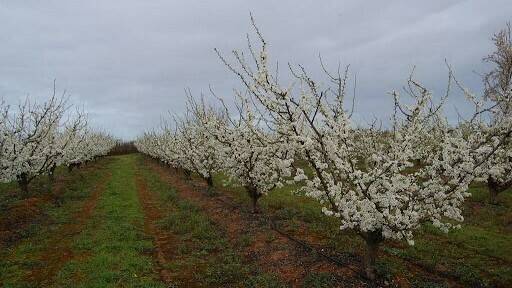
Introduction
In regions where rains are not frequent, the lack of water is a limiting factor to produce, therefore, it is important to consider other management strategies when planning a production system.
In the case of plum cultivation, as in many others, regulated deficit irrigation (RDI) can be used as an effective strategy to increase water use efficiency (WUE) under arid and semi-arid climates. This study attempts to determine the effect of reducing the irrigation of a crop to 50 and 75% compared to the control during the pit hardening and after harvest to determine what effects it causes during the vegetative growth, the performance and quality of the plum fruit which was investigated for two consecutive years.
Studies have determined that, by exercising the lack of water in a particular phenological stage of the crop, you can change the priority of movement of carbohydrates to fruits instead of continuing vegetative development, knowing this mechanism as “Regulated deficit irrigation “(RDI). This practice, in addition to conserving water, prevents the production of poor fruit quality, generally due to excess irrigation.
Experiment development
The experiment was conducted on a commercial plum plantation in Alborz province, Iran. The plant material consisted of 8-year-old plums (Prunus salicinia Lindell ‘Methly’ grafted on wild plum rootstock).
The plums were watered by dripping, according to the water requirements of the plant and two RDI strategies were used, 75% of the total required by evapotranspiration and 50% during the pit hardening and immediately after the fruit harvest, comparing both with the control under complete irrigation (100% evapotranspiration).
Vegetative growth due to the limitation of water during the hardening of the pit and postharvest has decreased significantly, obtaining the lowest value those plants that were watered with 50% of the total water required.
According to the results obtained, in response to deficit irrigation, in addition to the length of the twig, also the diameter of the trunk has decreased, resulting in a reduction in the general size of the tree and the crown, an important factor in plantations of high density where it is necessary to regulate the growth of the trees in order to avoid competition for spaces.
The number of flowers and fruit was significantly affected by both restrictions. The highest number of flowers was found when it received 75% of its water requirement during the pit hardening stage, while RDI 50% further reduced the number of flowers.
Regarding fruit yield and weight, the results showed that severe water stress in RDI 50% significantly reduced yield, but surprisingly, no significant difference was found between control and IDR 75% in the first year, while , in the second year, it is even more surprising since the IDR 75% slightly increased the fruit yield compared to the control.
Fruit mineral nutrient content
The restriction of irrigation in any of its ways, directly influences the absorption of nutrients through the roots since these are in the soil and need water to move to the periphery of the roots to be absorbed. In the case of nitrogen, the results showed that the treatment with RDI and the lower transpiration of the crop significantly decreased the nitrogen content of fruits in two consecutive seasons, while the phosphorus content did not show differences until the second year, where the crop subjected to IDR decreased the concentration of the nutrient in the fruit.
As for calcium, a nutrient that has a great impact on the quality of the fruit because its deficiency causes cracks in the fruits, it achieved a maximum concentration in irrigation restrictions of IDR 75%, the opposite occurring with magnesium, an essential nutrient for a correct ripening and size of the fruit, which under the effects of lack of irrigation reduces its quantity.
Regardless of the quantity and availability of each nutrient individually, it is important to know that a balance of the quantities in the same plant is necessary, since these differences significantly affect the internal quality of the fruit.
Conclusion
Water restrictions of RDI 50% ended up affecting to a greater extent the weight and yield of the plum fruit, while a moderate water stress of RDI 75% slightly increased the performance of the fruit compared to the control. Regarding the organoleptic quality of the fruit, such as firmness, soluble solids content and acidity, they are significantly affected by the RDI treatment. In the case of firmness, it reached its maximum value with a 50% RDI restriction, which, of course, is due to the lower water content inside, while these fruits showed the least amount of soluble solid and acidity. However, no significant reduction in fruit quality was found with RDI 75% compared to control. The results also showed that the content of mineral nutrients in the fruit subjected to irrigation restriction, decreased significantly.
Finally, it is recommended that a moderate water stress of RDI 70% during the pit hardening stage of the fruit can save water without undesirable effects on fruit yield and final quality.
Picture
Google images
Source
Effects of Regulated Deficit Irrigation on Vegetative Growth, Fruit Yield and Quality of Japanese Plum (Prunus salicina Lindell ‘Methly’)
Ghasem HAJIAN, Mahmood GHASEMNEZHAD, Reza FOTOUHI GHAZVINI & Mohammad Reza KHALEDIAN
Agric. conspec. sci. Vol. 85 (2020) No. 1 (61-70)










